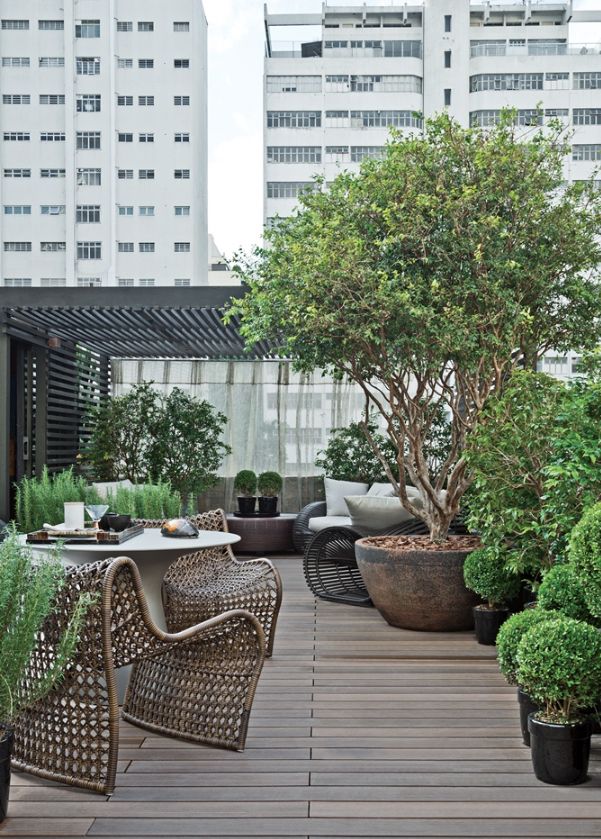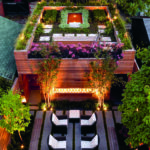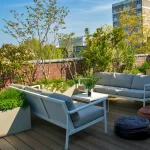Roof gardens are becoming increasingly popular in urban areas as a way to maximize outdoor space and bring a touch of greenery to city living. These gardens are not only visually appealing but also provide environmental benefits by reducing heat absorption and offering a habitat for wildlife. When it comes to designing a roof garden, there are several key considerations to keep in mind to create a successful and sustainable outdoor space.
One of the first steps in designing a roof garden is assessing the structural capabilities of the rooftop. It is important to ensure that the roof can support the weight of soil, plants, furniture, and any other elements that will be included in the design. Consulting with a structural engineer is recommended to determine the load-bearing capacity of the roof and any necessary structural reinforcements that may be needed.
The next step in designing a roof garden is to consider the overall layout and design aesthetic. Factors to consider include the available space, desired functionality of the garden, and the visual appeal. Creating designated areas for seating, dining, and gardening can help optimize the use of space and create a cohesive design that reflects the homeowner’s style and preferences.
Incorporating sustainable design elements into a roof garden can help reduce environmental impact and create a more eco-friendly outdoor space. This can include using native plants that require less water and maintenance, installing a rainwater collection system to water the plants, and incorporating energy-efficient lighting solutions. Additionally, using environmentally-friendly materials such as recycled wood and metal can further enhance the sustainability of the garden design.
Adding amenities such as outdoor furniture, lighting, and decorative elements can help create a comfortable and inviting space for relaxation and entertainment. Choosing weather-resistant furniture and accessories that can withstand exposure to the elements is essential for ensuring the longevity of the garden design. Incorporating lighting solutions such as solar-powered lights can also help extend the usability of the space into the evening hours.
Finally, ongoing maintenance is crucial for the success of a roof garden design. Regular watering, weeding, and pruning are necessary to keep plants healthy and thriving. Keeping an eye out for pests and diseases and addressing them promptly can help prevent damage to the garden. Creating a maintenance schedule and enlisting the help of professionals when needed can help ensure that the roof garden continues to flourish for years to come.
















